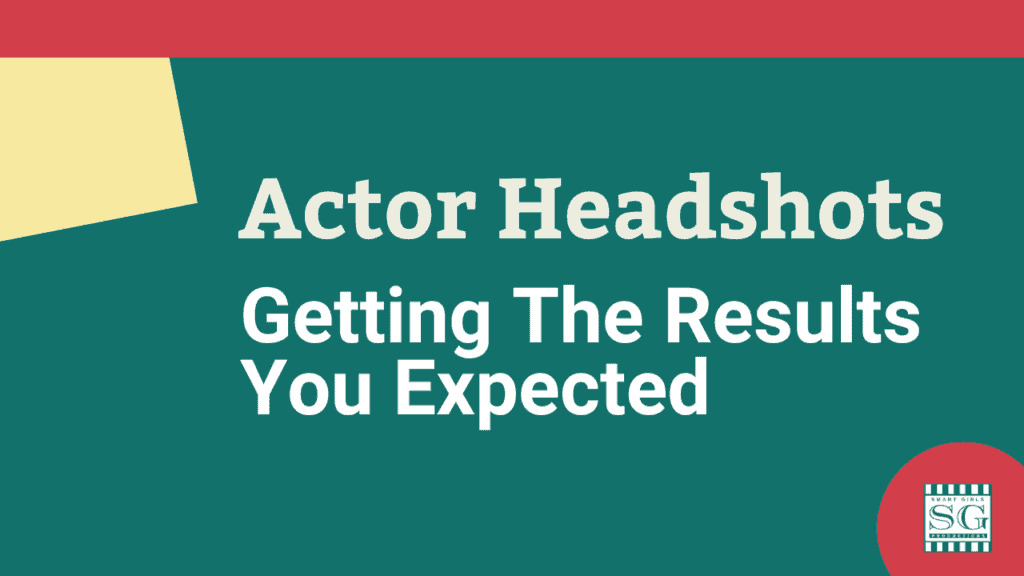You know as an actor your headshot is your number one calling card for developing your film and TV career. That means you need the best headshot you can afford. Eventually, you find a photographer, make an appointment for a shooting date, and begin preparing to look your best (e.g., new wardrobe, new hairstyle, lose weight, get rid of pimples, etc.).
Then your photo session occurs and you take a whole bunch of photos. You choose your favorites and begin using them through your talent agent, manager or by self-submission. Mission accomplished! Now, it’s time for the big payoff, right? You’re optimistic. You wait and wait, but unfortunately, there’s no positive change in your audition opportunities.
So, what do you do when no one is calling? What do you do when you’re not getting the results you expected?
It’s time to review your acting headshot. Why isn’t it getting you the results you expected? Well, let’s look at 3 key areas for any great headshot: 1.) In-the-moment and captivating expression; 2.) Professional lighting, exposure, and focus; 3.) Non-distracting elements.
If you can confidently say that your headshot meets each of these key areas then your headshot may not be the issue. However, if you can’t confidently say this, find the key area that’s a problem and do something about it. Obviously, since the headshot has already been taken, it may be difficult to do much to it that’s effective. Your best course may be to use a different photo from the session or take new photos altogether. However, some headshots can easily be retouched for improvements. The most common key area of the 3 that allows for improvement is “non-distracting elements.”
What’ are “non-distracting elements?” It’s pretty self-explanatory: a great headshot typically has no distracting elements taking away from the photo. For example, distracting elements include a distracting background, clothing color or pattern, hair, make-up, etc. Hair is a very common issue.
Most likely, we’re not talking about a major hair issue because you or your photographer would have identified that major issue before or during the shoot. We’re talking about a relatively small hair issue that stands out on a large scale.
Three of the most common hair issues are “fly-aways,” “frizzies,” and the tuft of hair in a distracting place. Depending on the particular hair issue it can definitely be improved by an experienced photo editor/retouch artist.
You’re probably wondering, “what’s the big deal, it’s just a small hair issue, that’s life.” And you’re right about that; that is life, however, your acting headshot represents you as a professional and as a brand. Your lack of focus on details (like hair) does not represent your brand well. Also, distracting hair takes the viewers’ focus away from the story that your eyes and face are hopefully expressing in the headshot.
Last, but certainly not least, your headshot is competing against many other actor headshots (brands). You should want to make yourself as competitive and flawless as possible in order to get the job.
So, don’t let a small hair issue or any other distracting element prevent you from getting the results you expected.
For more tips like these, check out “Hollywood Headshot Handbook” – it could help you avoid wasting hundreds of dollars on headshots that are not quite right … or even worse … downright unusable.
Want More Actor Marketing Caffeine?
By submitting this form you are agreeing to our Terms and Conditions.

